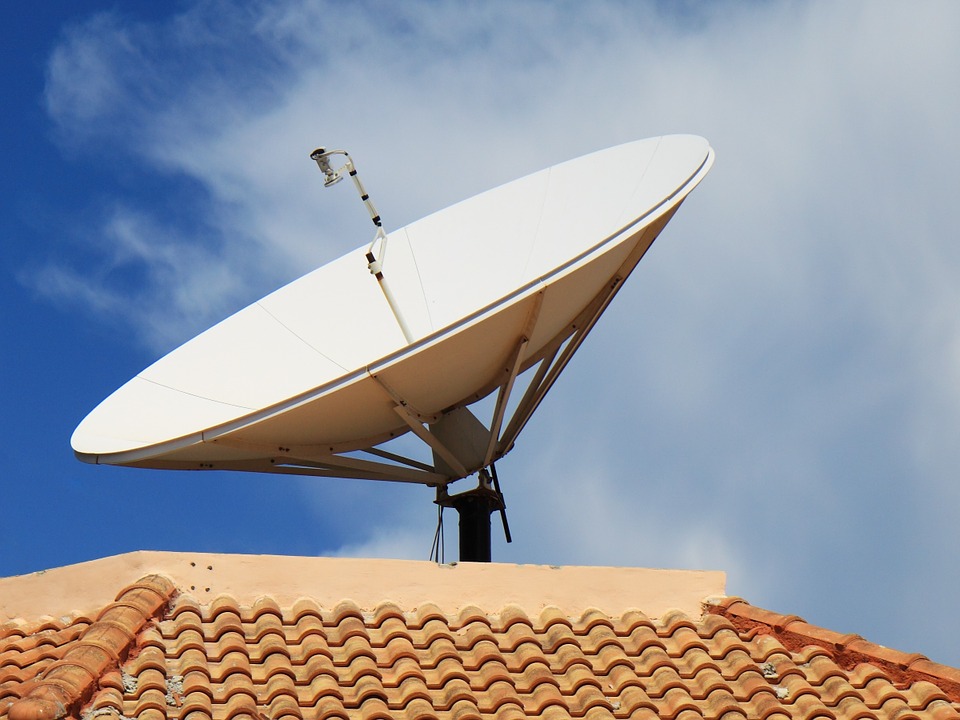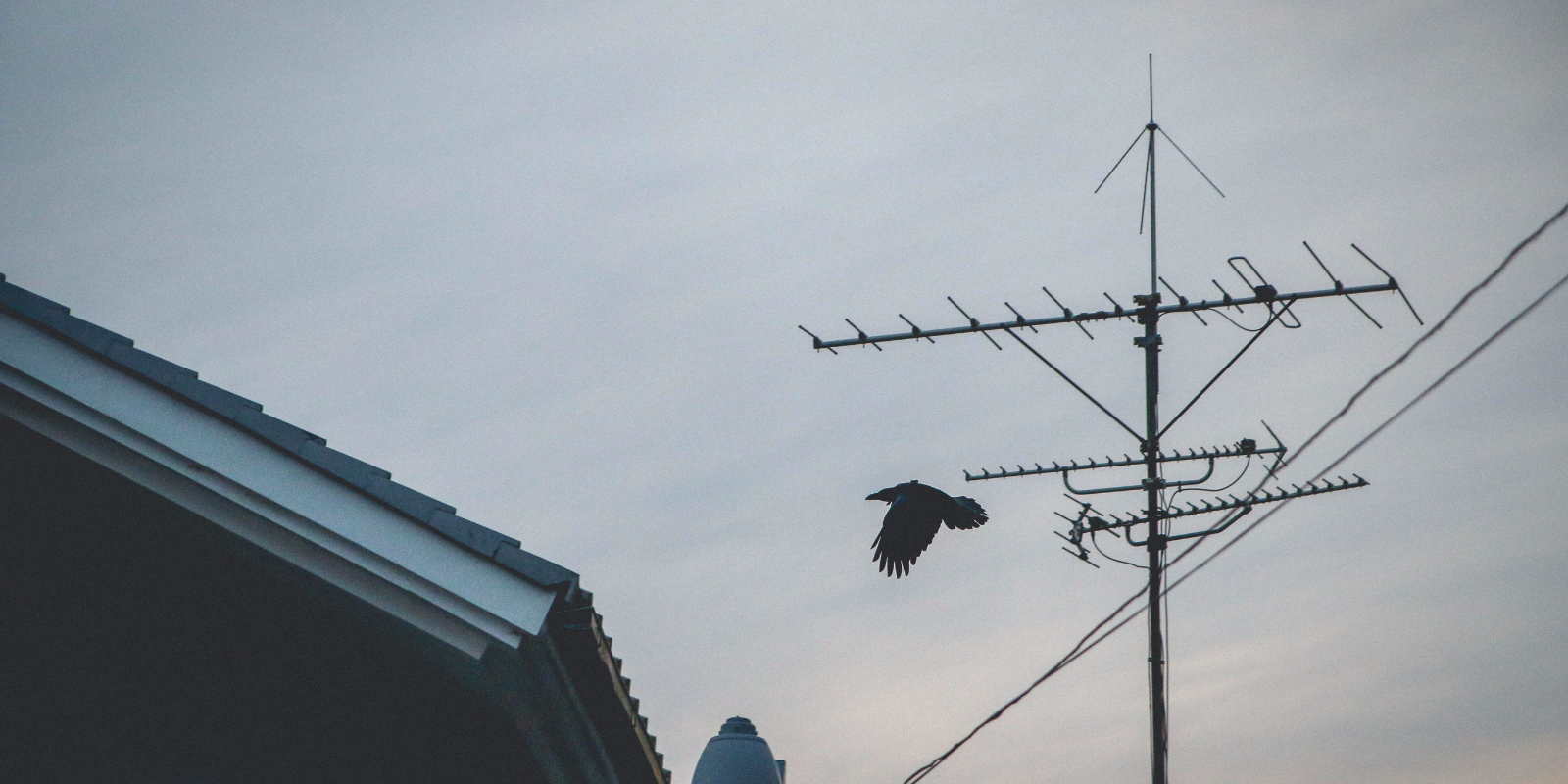Earlier during the development of television and radio, there was a serious need for antennas as the technology wasn’t so developed as now. The need for antennas has emerged again due to cord-cutting. Cord-cutting is the process of shifting the HDTV connection from an expensive connection to a low rate and free HD-quality connection with the use of an HDTV antenna on your roof.
These antennas are just plugged into your television and it receives the signals via over-the-air channels when the broadcasters send over the airwaves from their transmitting towers.
This is a new trending technology with an affordable cost along with amazing features. It ensures ultra HD 4k video quality with major channels such as CBN, NDTV, etc. and over more than 50+ channels for free.
You can also add additional streaming services such as Netflix and Hulu into the broadcast. As a first step, you need to install an antenna. But choosing the kind of antenna is important. There are four types. Indoor, outdoor, amplified and non-amplified.
Due to weather conditions outdoors, there can be chances of problems of receiving a good signal reception. One obvious reason why people suffer from a signal problem is when the antenna is not placed in the right direction.
One more way to boost outdoor TV antenna signal is to troubleshoot and improve reception issues. In order to test the signal is by the use of multi-meter.

5 Easy Ways To Boost Outdoor Tv Antenna Signal
After you have your antenna, boosting the signal of the antenna is very important. Here are 5 ways to boost outdoor TV antenna signal.
1. Shift the Direction of the Antenna or Location
The main factors that determine the reception are distance and direction from TV station transmitters to your home. Apart from this, the transmitter’s power and height also matter. There are two classes of antenna: unidirectional and omnidirectional.
Omnidirectional is the antennas that receive a signal from all the directions. So you need not change the direction of the antenna. In the case of unidirectional, it has a narrow beamwidth (25 to 35 degrees). They are more resilient to noise and are ideal for clustered signals.
2. Increase the Elevation of Your Antenna
For our antenna to work well, it should have a good “line of sight” to the transmission towers. In other words, the antennas should directly face the direction of the transmitter without any obstacles in between.
However, this is unattainable. It is recommended to have both outdoor antennas as high as possible. Antennas at hilltops have better reception. Antennas should be at least 30 feet off the ground.
3. Install an Antenna Pre-amplifier
TV signals from the antenna become weaker as the distance of traveling of signals becomes more through a coaxial cable to your TV cable or network tuner. If the cable runs are too far, the signal is split into one or more locations, then the signals on your TV becomes weaker than that at the transmitter.
This is why pre-amplifier is recommended. They are typically installed on the antenna, preferably as close to the antenna as possible, which in turn amplifies the signals and prevents the line loss. The coaxial cable at the left of the antenna output port goes to the amplifier. The right side of the antenna is connected to the TV at your house.
It is important to have a signal with no signal splitters be installed on the cable between the pre-amplifier and the power supply. There should also contain lightning arrestor installed on the cable mentioned above at the location just before the cable enters the house.
For best results, it is also advisable to keep the cable between pre-amplifier and antenna as short as possible. This is the best solution when your signal strength is degraded due to cable runs, signal splits, etc.
The degree of an amplifier increases the signal strength and is measured in decibels. Higher the decibel value, the greater the strength of the signal. 17db is the safe signal strength and when you find your signal strength dropping down, you can adjust it by just pushing a button on your pre-amplifier.
4. Use Two Antennas Instead of One
Antenna stacking is a method of increasing the accuracy by placing two antennas side-by-side or one on top of the other. This is done by pointing both the antennas in the same direction to increase the gain output of the antenna.
Antenna ganging works better if their metal tips are touching each other and both of them are pointing to the same exact direction. Antenna ganging is the process of joining two same configuration antennas and adding up their values and getting a larger value.
Example, an 8-bay antenna is obtained by summing up two 4-bay antennas together. When you are using two antennas, it is important to keep the antenna cables as short as possible. Note that, the length of the cables should be the same length and these same length cables are joined together in-phase with each other. Two gangings are used when you want to point two antennas to two or more broadcast towers.
5. Choose the Coax Cable Carefully
It is very important to choose the best high-quality cable. It is suggested to use a high-quality RG6 cable with good shielding and low signal loss is paramount. Rain, wind, and sun are the kinds of elements that can wear down the cable and it is necessary to secure the cable properly.
A cable can have a waterproof and sturdy look, but if individual parts are considered such as screws and connectors it is of cheap quality. For its efficiency, you need to make sure to inspect the cable every year.
It is advised to use the following to protect your cables.
Weatherproof cable connections: You need not specifically buy the cable like these. You can unplug the cable, clean and let it dry, plug it back and wrap a moisture-proof cable. Use weatherproofing grease as an alternative. This way, your coaxial cable will remain protected and hence the entire system.
Read More:

